



Solar physics is the study of the Sun’s structure, activity, and its impact on the solar system. Key phenomena include solar flares—sudden bursts of radiation—and coronal mass ejections (CMEs)—large eruptions of charged particles. These events influence space weather, affecting satellites, communication, and power systems on Earth. India’s Aditya-L1 mission, launched in 2023, is the country’s first dedicated solar observatory positioned at the Lagrange Point 1 (L1), enabling continuous and detailed observation of solar activity. Aditya-L1’s instruments help scientists understand how solar flares and CMEs form and evolve, improving space weather forecasts and protecting technology. The mission strengthens India’s capabilities in solar research and contributes valuable data to global scientific efforts.
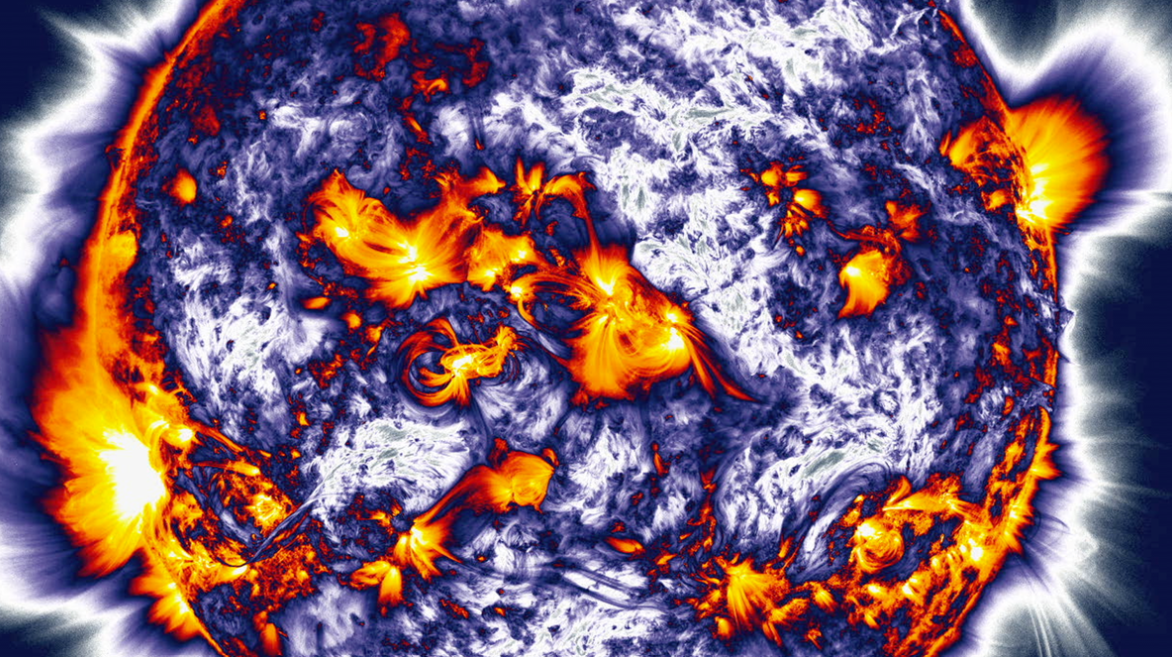
Copyright infringement not intended
Picture Courtesy: The Hindu
The Sun plays a crucial role in sustaining life on Earth and driving modern technology. However, its intense activity — including solar flares, coronal mass ejections (CMEs), and magnetic storms — can disrupt satellites, communications, navigation systems, and even power grids. Understanding these solar phenomena is essential for predicting and managing “space weather.”
Solar physics is the branch of astrophysics that focuses on studying the Sun — its structure, composition, magnetic activity, and its influence on the solar system.
It helps scientists understand how the Sun produces energy, how it affects space weather, and how its activity impacts Earth and other planets.
Solar flares are powerful explosions caused by the sudden release of magnetic energy above sunspots, producing radiation across the electromagnetic spectrum.
Cause:
Flares are triggered by the reconnection of twisted magnetic field lines in the Sun’s corona. When these magnetic fields suddenly realign, they release stored magnetic energy in the form of heat, light, and accelerated particles.
Characteristics:
Classification: Based on X-ray brightness, flares are categorized as A, B, C, M, or X-class, with X-class being the most powerful.
Effects: The radiation from large flares can disturb Earth’s ionosphere, disrupting radio communication, GPS navigation, and even aviation systems.
A CME is a massive eruption of plasma and magnetic fields from the Sun’s outer atmosphere (the corona) into interplanetary space.
Composition: CMEs carry billions of tons of electrically charged particles (protons, electrons, and heavy ions) embedded in magnetic field structures.
Mechanism: CMEs are often associated with magnetic instabilities or the same magnetic reconnection events that produce flares. However, while flares emit radiation, CMEs involve the physical ejection of solar material.
Speed: CMEs can travel from 250 to 3,000 km/s, reaching Earth in 1–3 days, depending on their velocity.
Impact: When an Earth-directed CME interacts with the planet’s magnetic field, it can cause geomagnetic storms, auroras, satellite malfunctions, and even power grid disruptions.
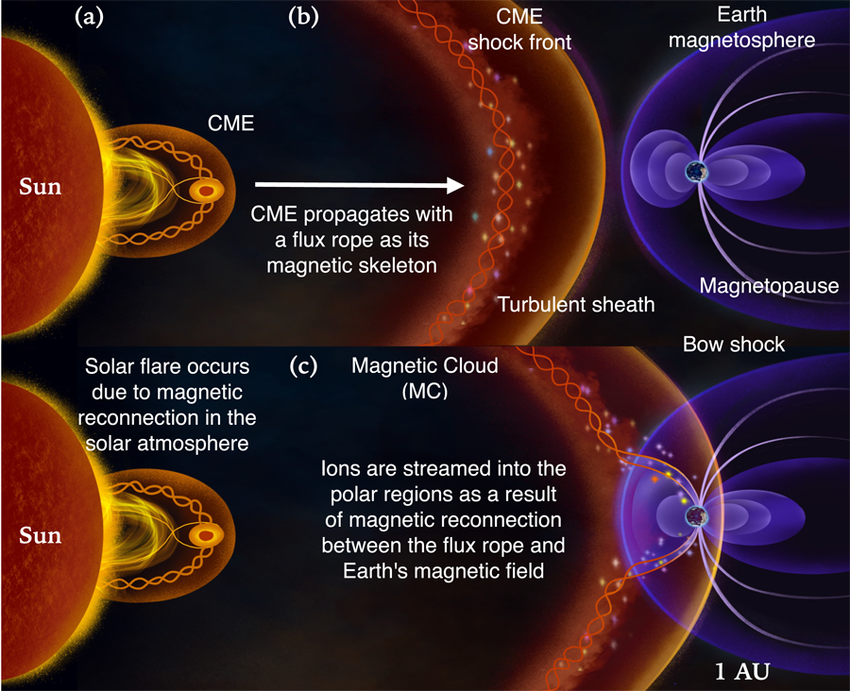
Picture Courtesy: Research Gate
Solar Flares
Coronal Mass Ejections (CMEs)
Strategic Position – Lagrange Point L1
Advanced Scientific Payloads
Contribution to Solar Flare Research
Contribution to CME Studies
Educational and Research Benefits
|
Dimension |
Key Challenge |
Implication |
|
Event Rarity |
Imbalanced datasets of eruptions vs non-eruptions |
Models biased, false alarms/misses |
|
Magnetic Field / Viewpoints |
Limited coronal field data and single vantage observations |
Poor knowledge of eruption triggers |
|
Data Integration |
Multi‐wavelength, multi‐instrument heterogeneity |
Inconsistent datasets, gap issues |
|
Forecasting Lead Time |
Short lead times & uncertain geoeffectiveness |
Limited operational value |
|
Infrastructure |
Massive data + compute requirements |
Bottlenecks in processing & modelling |
|
Impact Validation |
Sparse public data on real impacts |
Difficulty in model validation & improvement |
Space Situational Awareness & Sustainability
Policy & Regulatory Reform for the Space Sector
Funding & Industry Promotion
Focus on Space Weather & Solar Research
Source: The Hindu
|
Practice Question Q. Discuss the physical processes leading to the formation of solar flares and coronal mass ejections. Highlight their similarities and differences. (150 words) |
A solar flare is a sudden, intense burst of radiation from the Sun’s surface caused by the rapid release of magnetic energy. It emits energy across the electromagnetic spectrum, including visible light, ultraviolet (UV), X-rays, and gamma rays.
A CME is a large eruption of charged particles (plasma) and magnetic fields from the Sun’s outer atmosphere (corona) into space. When directed toward Earth, CMEs can trigger geomagnetic storms and disrupt communication and power systems.
Both are caused by magnetic reconnection — a process where twisted magnetic field lines in the Sun’s atmosphere suddenly realign, releasing stored magnetic energy.
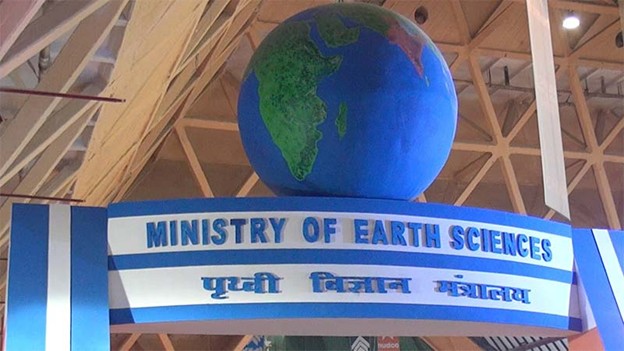

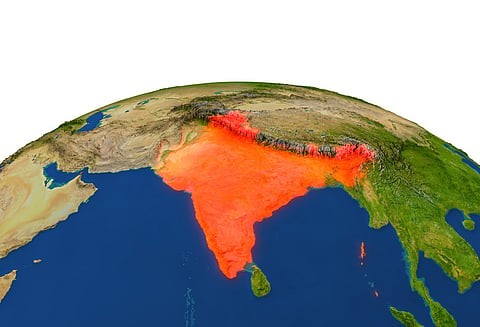

© 2025 iasgyan. All right reserved